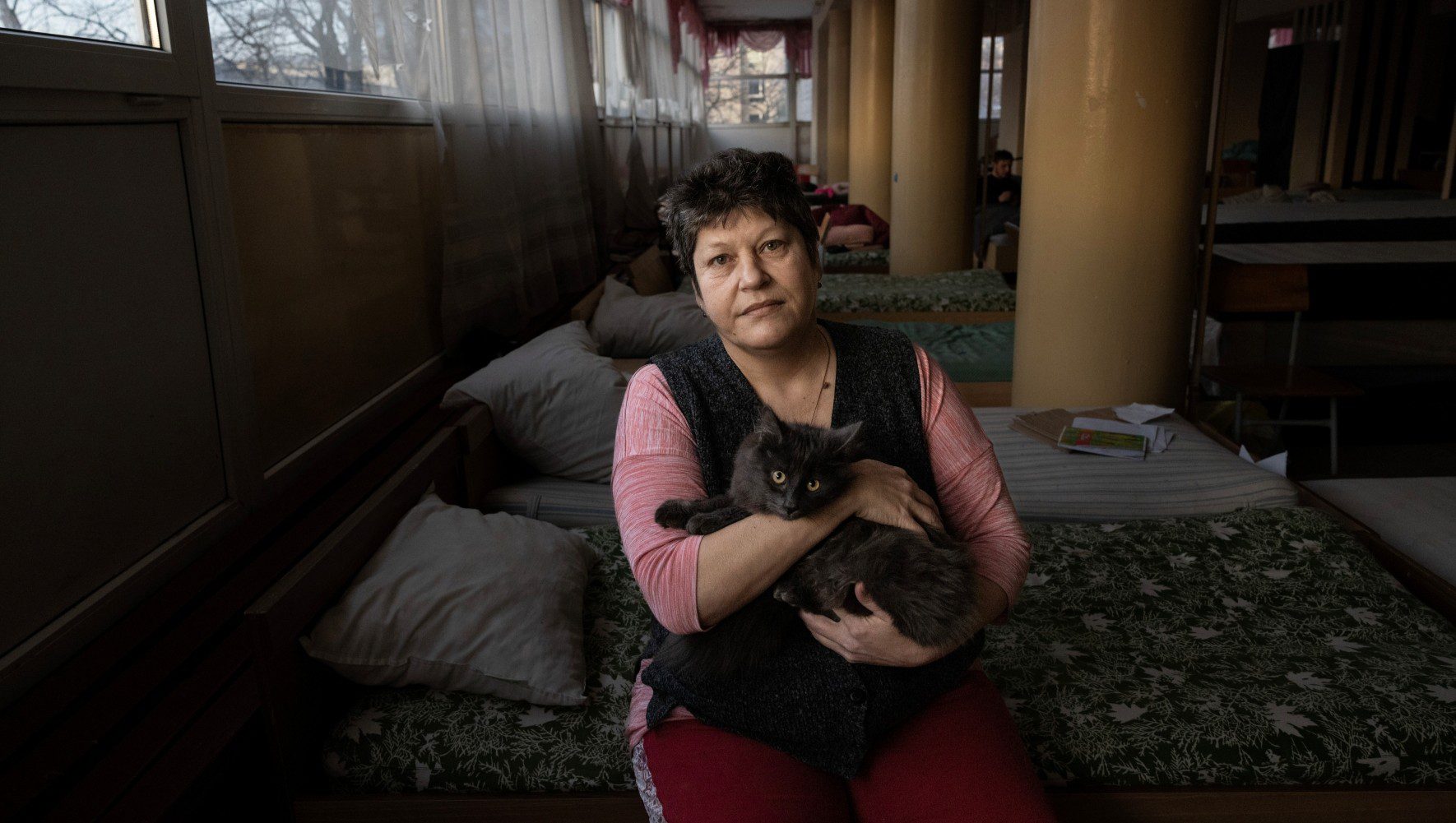
Since July, severe rainfall has killed 341 people and destroyed over 164,000 homes in Chad, one of the world’s most vulnerable countries to extreme weather events. A school in the Ouaddai province collapsed last week due to torrential rains, killing a teacher and 14 students that were sheltering inside.
The flooding has impacted over 1.5 million people across all 23 provinces of the country, but has most severely affected the areas of Lac, Mayo-Kebbi Est, Mandoul, Tandjilé, and Batha.
These floods have had a significant impact on HIAS’ operations in Chad, where we have been providing support to refugees across the country since 2005. The country is home to over one million forcibly displaced people, many of whom having fled conflict in Sudan, the Central African Republic, and Cameroon.
“Many members of the local population, among them HIAS Chad staff members, are currently homeless,” said Josias Ningatolmbaye, child protection associate in Goz Amir.

Graph about the impacts of severe floods on local and refugee populations in Chad, September 12, 2024. (Beverly Goldberg/HIAS)
Many of the displaced people we serve have had to leave flooded refugee camps to seek shelter in remote areas, where they don’t have access to food, vital services, or sanitation facilities.
Mosquito borne diseases are more common in flooded areas where stagnant waters remain. Many refugees are also now in areas not administered by the Department for the Protection of Humanitarian Workers and Refugees (DPHR) of Chad, which has created serious safety concerns.
In this challenging scenario, all of those affected are at risk of disease and hunger.
“Already facing an unprecedented humanitarian crisis in the east of the country, HIAS requires increased funding to cope with the floods,” said Kefa Mushagalusa Mayange, program director for HIAS Chad.
“Need is greatest for the distribution of non-food items (NFI), food assistance, and protection services.”



